In November, following the theme of the Inauguration of the Academic Year 2024-25, Frontiere also puts on its competition gear, offering you an overview of the most important sports-themed research projects underway at the Politecnico.
One of the places of excellence where this type of research is carried out is the Lecco Campus, which houses the large multidisciplinary laboratory E⁴SPORT.
We met Manuela Galli, professor of Bioengineering, one of the managers of this cutting-edge centre, also involved in the great ActivE³ project, which we will explore in this interview
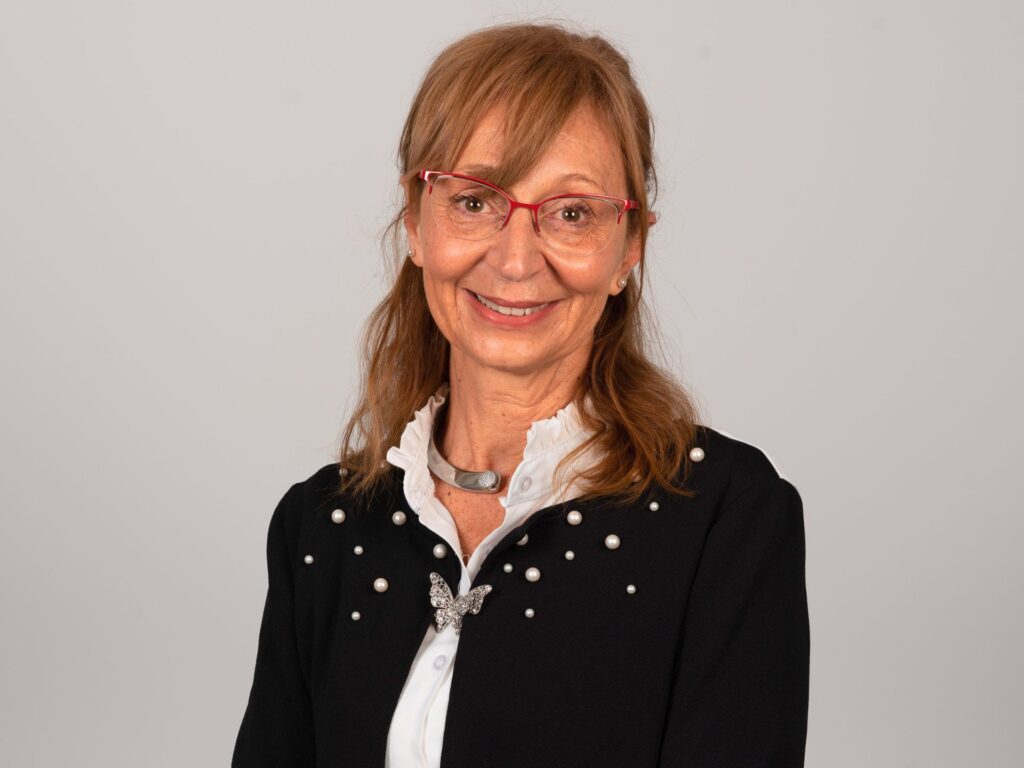
Good morning, Professor Galli, thank you for welcoming us. Shall we start with a presentation of your academic career?
My university career starts once again from the Politecnico, where I graduated in mechanical engineering. I then had a brief experience in the industrial field, and then decided to take the path of a PhD in applied mechanics.
After my doctorate I began the typical and almost obligatory path of every young researcher. First, I got a research grant, then I became an associate professor, then a full professor. This time, however, in bioengineering, because starting from the doctorate I had oriented myself towards biomechanics.
And what do you deal with today, specifically?
I am currently involved in motor assessment. The analysis of human movement has multiple repercussions both from a clinical point of view and on the biomechanics of sport, ergonomics, and forensic engineering.
Specifically, for the clinical case, we evaluate the functional deficits that can be verified following pathological, musculoskeletal, psychological conditions.
We know that various musculoskeletal and/or neurological pathologies can lead to an alteration in movement: therefore, it is important to monitor how this movement is altered. We do this using some specific equipment that we have within our laboratory.
What is your workshop and how did it come about?
I carry out my activity on two laboratories: the MOVLAB laboratory or Posture and Movement Analysis laboratory “L. Divieti” of the Department of Electronics, Information and Bioengineering (DEIB) and the Human Performance Lab laboratory at the Lecco Campus, born in May 2022 as part of E⁴SPORT.
The origins of HPL lie in those of MOVLAB, born in the late eighties, which has always been characterized by the use of methods and tools for applications of movement analysis in the clinical field.
It was strongly wanted by Professor Divieti, with the mission of carrying out a service for clinical evaluation aimed at biomechanical rehabilitation. So much so that several hospitals in the Città Studi area, having the need to do this type of assessment, sent us patients to be evaluated through agreements.
The Buzzi hospital has been one of the major users of our laboratory. He sent us several paediatric patients to perform evaluations with our methods, on the type of intervention to be done with the patient: surgical, pharmacological or orthotic.
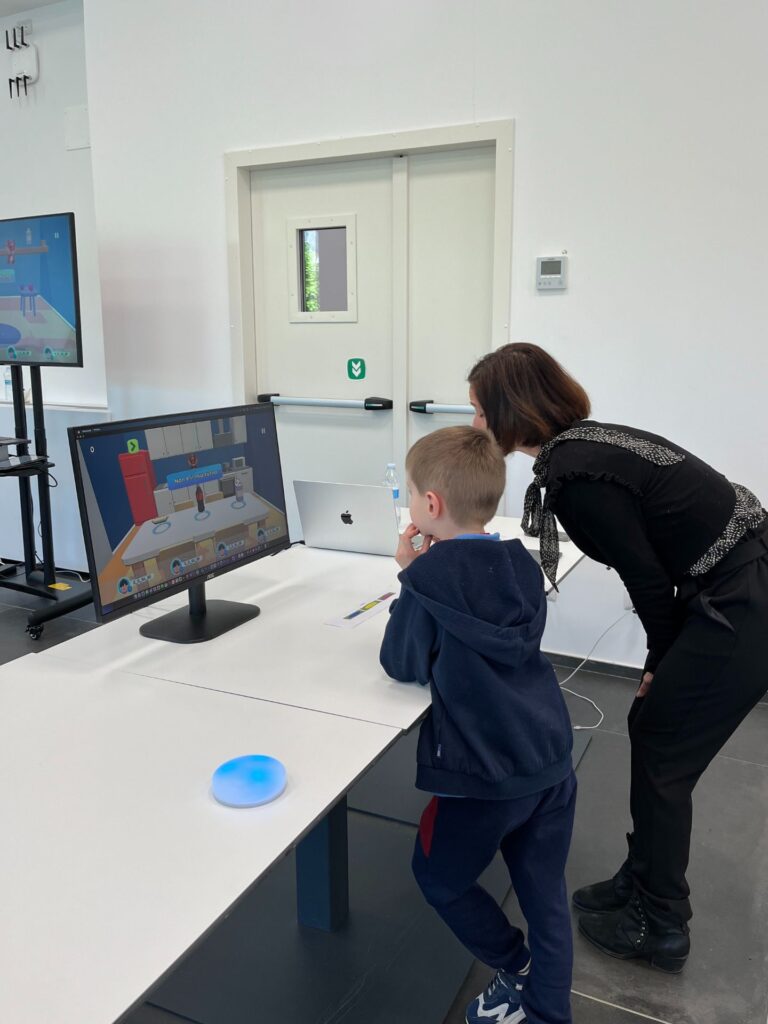
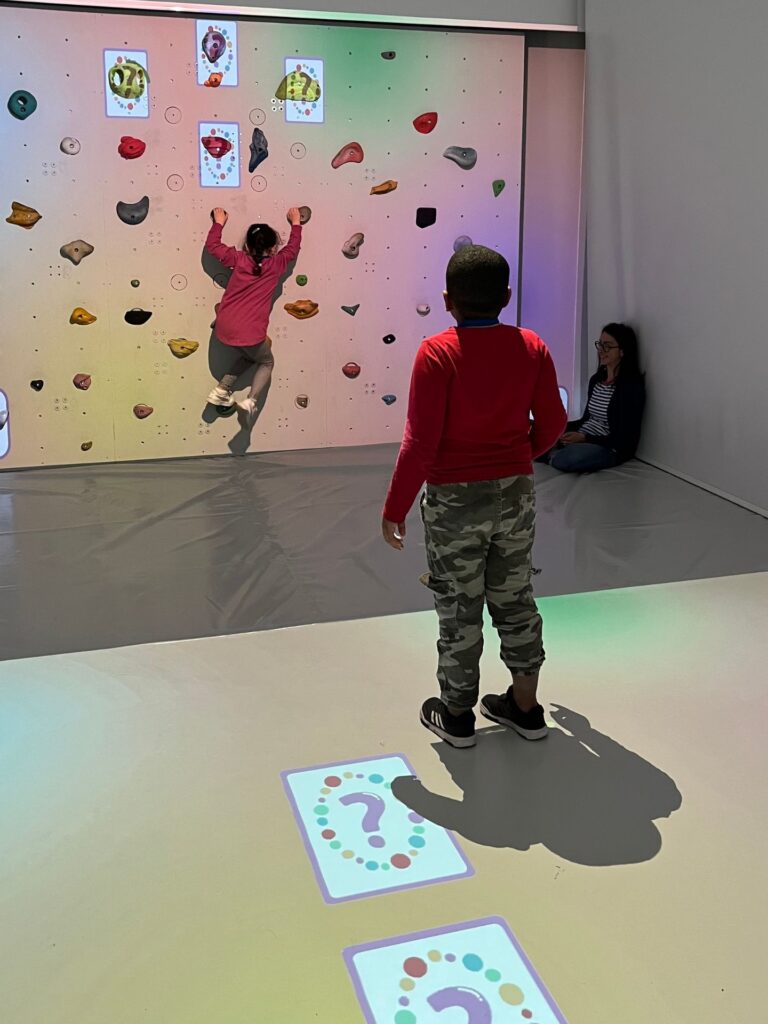
Has the activity of the laboratory then grown?
Certainly, a lot. We have also begun to carry out training activities for laboratories that at the same time were born in clinical realities. The need for the market to use our laboratory was growing more and more. And from clinical activity, we then arrived at the sports field, up to the creation of HPL.
How has the activity of Human Performance Lab evolved over time?
The activity I was talking about, the functional assessment of the athlete, we do it in an even more refined way than what we had done in a first analysis within the Luigi Divieti laboratory for the clinic, due to the fact that it is a recently built laboratory, equipped with equipment that today is certainly state-of-the-art.
For example, we have treadmills, machines for measuring muscle strength, which ensure that today the laboratory is totally dedicated to sport.
Human Performance Lab is part of the E⁴SPORT “macro-structure”, born almost 10 years ago, which brings together the main research activities of the Politecnico on a sports theme. Can you tell us about how it was born and the different lines of research?
At that time, we came up with the proposal to create an interdepartmental laboratory on sport.
The main feature of E⁴SPORT is multidisciplinarity. In fact, it encompasses a large team of researchers from six different departments of the Politecnico.
Thanks also to the many technologies we have available, we are able to propose new models of innovation; A bridge between research and the sports industry capable of analysing requests, designing and answering questions concerning each sports discipline and type of athlete.
The goal of the laboratory is to understand and improve performance, the result of the interaction between the biomechanical and physiological characteristics of the athlete, the equipment and the environment in which the sporting gesture is developed.
What is the characterizing contribution of the Department of Electronics, Information and Bioengineering in E⁴SPORT?
We at DEIB have made our skills available for the biomechanical assessment of the athlete: evaluating their performance, characterizing the subject’s motor ability and understanding how to improve it.
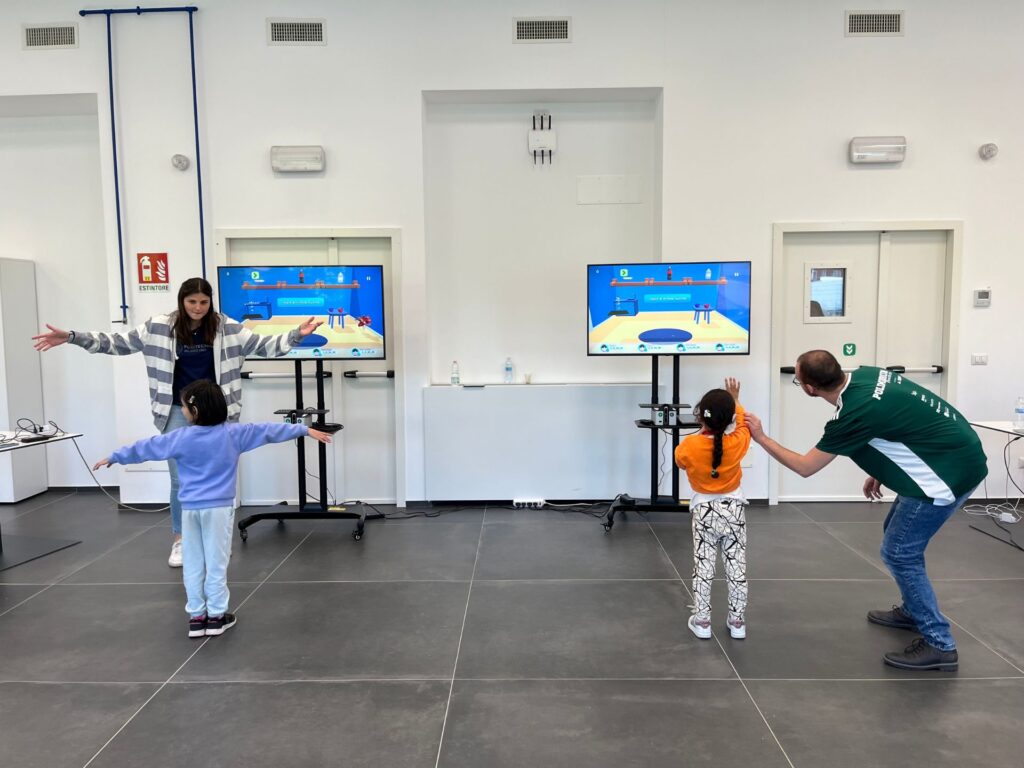
What does your activity focus on, in particular? Do you work in Milan, Lecco or do you divide your time between the two poles?
My activities focus above all on a somewhat transversal line of research, that between sport and disability, at the crossroads where the Human Performance Lab, E⁴SPORT and the “L. Divieti” laboratory meet.
My activity is mainly based on Milan, although I often attend the Lecco Campus, especially in the period in which I hold the Sport Biomechanics lessons for the Sport Engineering degree course in Mechanical Engineering, which is delivered in the Lecco Campus.
What are the concrete advantages of systematizing the different skills and equipment of different departments of the university in this sector?
Certainly, the concrete advantages are many, and have gradually amplified over time
First of all, I would like to stress the importance of having colleagues who are experts in certain areas. The sports field is certainly the area where both the athlete and the equipment and the surrounding environment are involved.
For the measurement and assessment of motor ability, attentional status, recruitment ability, motor control, the background of the Department of Information, Electronics and Bioengineering is required. At the same time, the athlete uses tools, for example a bicycle, for which mechanics (Department of Mechanics), construction and design (Department of Design) must be studied. And in addition, the athlete moves within certain environments, for example athletics tracks, with a mantle made of particular materials (Department of Chemistry, Materials and Chemical Engineering). The design of other equipment such as skis and tennis rackets requires structural evaluations (Department of Civil and Environmental Engineering). Let’s not forget the aspect of the management of the athlete and the sports system in an economic “business” context, where the Department of Management, Economics and Industrial Engineering comes into play.
Can you give me an example of a project in which these synergies were fundamental for the achievement of your goals?
I take as an example the success of the GIFT project, a project for “sport for all”, which also won funding from the Polisocial Award.
It is the creation of an orthosis, i.e. a particular shoe, which allows children with hemiplegia, a type of cerebral palsy, to carry out motor activity in the school environment.
A child with hemiplegia has a drooping foot, which is usually corrected with an orthosis inside the shoe, which allows the foot to be kept in the correct position. The problem is that the orthosis is a device reserved for walking, approved only for that purpose. With that type of orthosis, therefore, you could not run, action outside the prescription of use.
Our goal was to create an orthosis that could solve this gap and be suitable for sports as well. And for school-age children, playing sports with other classmates is not only important for the physical fact itself, but also to be able to experience the moment of activity together, to be able to feel included in the community of classmates.
Now the project is finished. We produced prototypes that were tested by children. The final result that we hope for and towards which we continue to move is the patent and the putting into production.
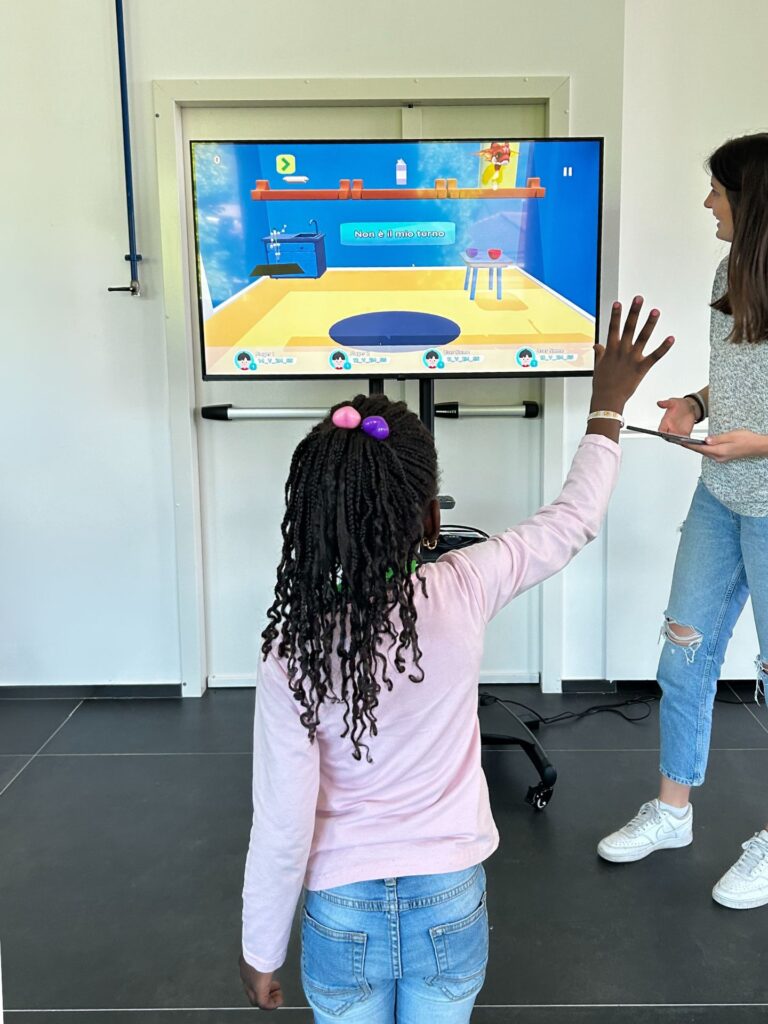
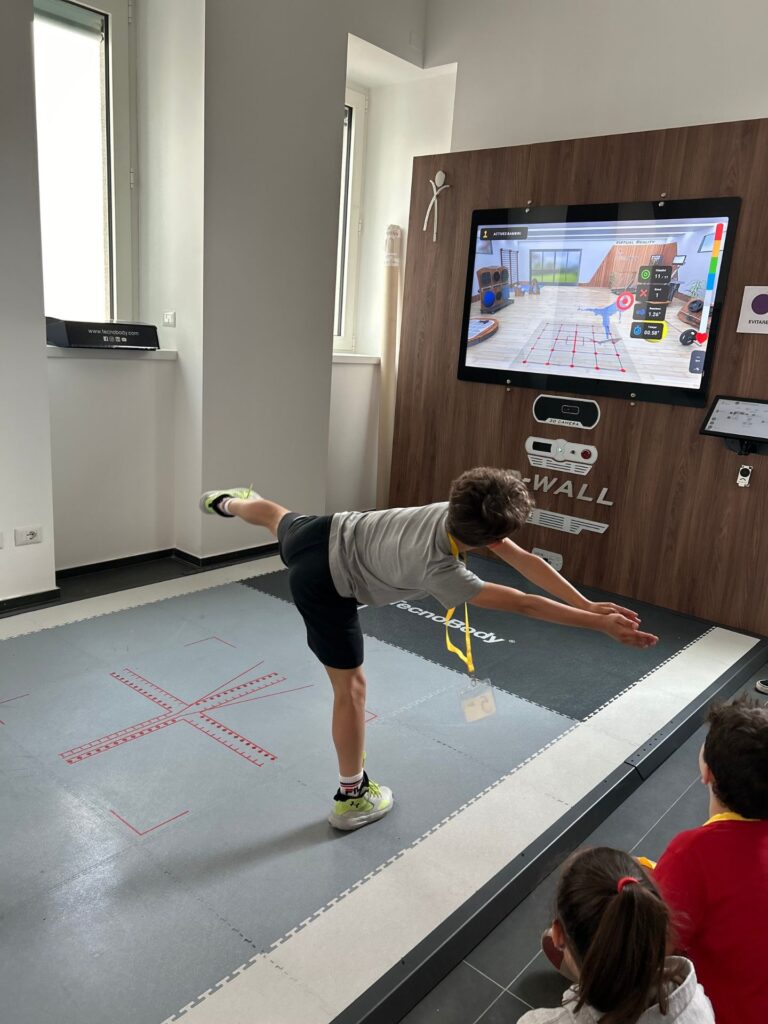
We come to ActivE³, one of the leading research projects in E⁴SPORT. Can you tell us about the objectives and the different areas of action?
ActivE³ – Everyone, Everywhere, Everyday is the Major Emblematic Project funded by Fondazione Cariplo and the Lombardy Region, led by UniverLecco. Its objectives are the promotion of an active lifestyle as a tool for well-being and prevention, accessibility and inclusion in sports practice and the support of physical and cognitive fragility for the well-being of the individual.
It is divided into three actions, focused on different ages of life and health conditions, and develops as many platforms: one for motor inclusion at school, one for personalized coaching and another for sport-therapy.
You focus mostly on wp1 action…
That’s right, the one dedicated to the paediatric age. The project aims to break down, thanks to technology, the barriers related to disability: self-exclusion and isolation, parents who prefer to exempt the child from physical activity, teachers who are not always prepared for these situations, inadequate regulations and technological deficiencies in the structures.
Because of these barriers, often the most fragile children, with motor or cognitive disabilities, are excluded from the hour of physical education. In this way, the moment of sport becomes a moment of exclusion.
Our multidisciplinary approach aims to give all primary school children the opportunity to experience sport as a playful, educational experience and finally become a moment of inclusion for all. It does so by providing new technological tools and methodologies to support a school that promotes the health and well-being (physical and psychological) of its children through motor activity.
What were the phases of the project?
First of all, we proceeded with the analysis of the barriers present and the needs of boys and girls, involving clinical partners. With the teachers we have identified the ministerial training objectives for physical activity at school.
We then moved on to selecting the technologies and tools that would also allow fragile children to carry out motor activity, providing for the execution of both individual and group play activities.
What are the technologies and equipment you have developed?
We have developed a laboratory with different technologies within the Lecco Campus of the Politecnico. Here they are:
- The Magic Room: smart room that uses lights, sounds, and projections to allow children to interact with physical objects and multimedia content.
- ACCEPT: sensorised and interactive climbing wall that measures force and analyses movement.
- Nirvana: Immersive reality device that uses projections to stimulate the child during games and provides performance reports.
- D’Wall: digital mirror that uses projections and sensors to analyse posture and body movement during interactive games
- Sensorised games that use tracking systems to improve learning in children, collecting data on movements and emotions.
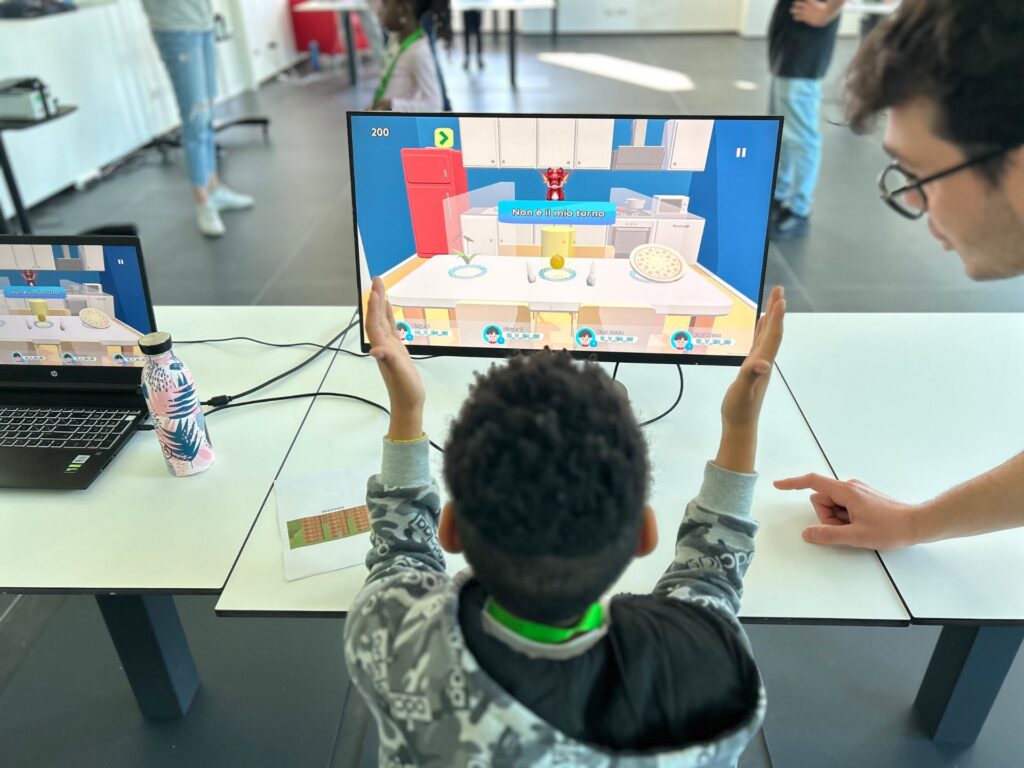
What were the results?
We have had very promising results. The most obvious benefit was that the class could finally play together. Everyone could participate, everyone was involved.
And the games were adjusted according to the specific characteristics of the children. If a child, for example, has SLD, he needs some images that stimulate him and involve him in a different way than a child with cerebral palsy or other pathologies.
Where are you with development?
We have put in place a substantial experiment. Two schools and more than four hundred kids were involved. Quite a success.
Imagine that, even though the experimentation was over, the schools asked us to open this experience to other classes. So, once a month we open this laboratory to local schools, to allow this use. This helps us understand which games and technologies are best suited for different situations.
What are the next steps of the project?
The last year will be dedicated to the creation of low-cost kits that will be transferred to schools.
In the previous phase we understood which games are most suitable for children with the most frequent pathologies. Now we have devised the simplest technology possible, which can be implemented and distributed in schools easily and cost-effectively.
We will start next January, distributing these kits to three schools in the area that have joined the project, where teachers will use them for their needs.
The platform also plans to create MOOCs, i.e. free online courses. What is the goal?
The Politecnico has a long tradition of producing MOOCs thanks to METID, the Learning Innovation structure. Together with them we have created a training course to break down cultural barriers both in schools and in families. The first, dedicated to teachers, is already available online. Emanuele Lettieri and his team of management engineers are tackling this task effectively.
Working as a researcher in social and inclusion projects. It’s an added value, I guess.
Yes, for me it is really a mission. We bioengineers have a bit of this ambition always present in us, to do something useful for the human being. But I must be honest: when there are projects that have an impact on the social sphere, I always marry them with great conviction and enthusiasm.
I like sports, but my involvement is definitely more intense when sport deals with disability and inclusion. It means committing ourselves to allowing everyone to enjoy a decent quality of life. When there are calls for research projects on social issues, I always try to be at the forefront.
How did this inclination of yours come about?
It didn’t happen by chance. At the beginning of my career, at the Divieti laboratory, a doctor encouraged me to go to the United States to see up close how it was done and where bioengineering research on gait analysis had arrived, for children with cerebral palsy. I did, and there I realized that I could make the expertise I had gained as a mechanical engineer available to these issues.
If I think about it, that’s where my passion came from. It was certainly a conscious choice.
